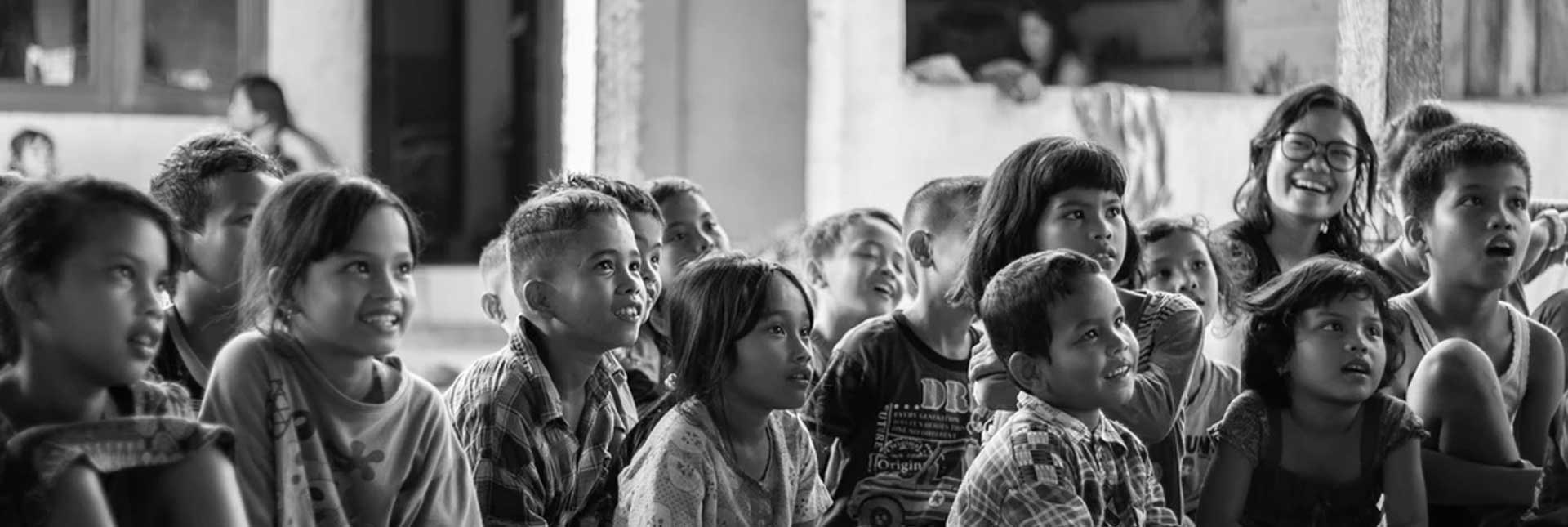
Blog Details
World Food Day (WFD) was established by FAO’s Member Countries at the Organisation’s 20th General Conference in November 1979. It has since been observed every year in more than 150 countries, raising awareness of the issues behind poverty and hunger.
World Food Day is celebrated every year around the world on 16 October in the honour of the foundation day of the Food and Agriculture Organisation of the United Nations in 1945. The day is celebrated widely by many other organisations concerned with Food Security including the World Food Program and the International Fund For Agricultural Development
Since 1981, World Food Day has adopted a different theme each year in order to highlight areas needed for attention and quick action
Most of the themes revolve around agriculture because only investment in agriculture – together with support of education ,technology, health and awareness will turn this situation around
In 2017 the theme for the World Food Day is the ‘Change the future of migration.Invest in food security and rural development.’
In India It is also now considered as Food Engineers’ Day.
If we focus on the available statistics then we can find that India, with a population of over 1.3 billion, has seen tremendous growth in the past two decades
As per the FAO estimation in the report of ‘The State of Food Security and Nutrition in the World, 2017″ 190.7 million people are undernourished in India.
• By this measure 14.5% of the population is undernourished in India.
•51.4% of women in reproductive age between 15 to 49 years are anaemic.
• 38.4% of the children aged under five in India are stunted (too short for their age)
•while 21% suffer from wasting, meaning their weight is too low for their height.
•Malnourished children have a higher risk of death from common childhood illnesses such as diarrhoea, pneumonia, and malaria.
The Global Hunger Index 2016 ranks India at 97 out of 118 countries on the basis of three leading indicators —
1.Prevalence of wasting and stunting in children under 5
2.Under 5 child mortality rate,
3.The proportion of undernourished in the population.
97 million children are suffering from malnutrition as per the statistics of 2016
On the other hand In 2008 The India State Hunger Index (ISHI) which is a tool to calculate hunger and malnutrition at the regional level in India.
scores for Indian states range from 13.6 (“serious”) for Punjab to 30.9 (“extremely alarming”) for Madhya Pradesh, indicating substantial variability among states in India. Punjab was ranked 34th when compared to the GHI 2008 worldwide country ranking, while Madhya Pradesh was ranked 82nd. In this state more people suffer from hunger than in Ethiopia or Sudan. 60 percent of the children were undernourished.
All 17 states have ISHI scores that were well above the “low” and “moderate” hunger categories. Twelve of the 17 states fell into the “alarming” category, and one into the “extremely alarming” category.
ISHI scores are closely aligned with poverty, but there is little association with state level economic growth. High levels of hunger are seen in states that are performing well from an economic perspective.
On the other hand, it is estimated that nearly one third of the food produced in the world for human consumption every year gets lost or wasted. 40 percent of the fruits and vegetables, and 30 percent of cereals that are produced are lost due to inefficient supply chain management and could not reach the consumer markets. While significant levels of food losses occur during its harvesting time and during post-harvest handling as well a lots of food get lost or wasted during the distribution and consumption stages.
Some food grains are also wasted on the shelves of the warehouses either due to excess production, introduction of new products, labelling errors or due to shorter remaining self life. Such food could be salvaged by timely withdrawal from the distribution network then aggregating those collected food grains to redirect to the people in need.
Inclusive economic growth and targeted strategies to empower the farmers by providing them modern technology on agriculture to fight against the natural calamities like draught and heavy rainfall to ensure the growth of food grains as well as creating awareness among the farmers regarding the making of cooperatives and market linkages will ensure the availability of food in a cheap price hence will automatically reduce child mortality by improving child nutrition are urgent priorities for all states in India.
We from Turnstone Global always takes various great initiatives to ensure good nutrition for the students of our slums and regular schools across the state.Simultaneously we do lots of awareness camps among the farmers of various districts of west Bengal and motivate them to create cooperatives for better market linkages